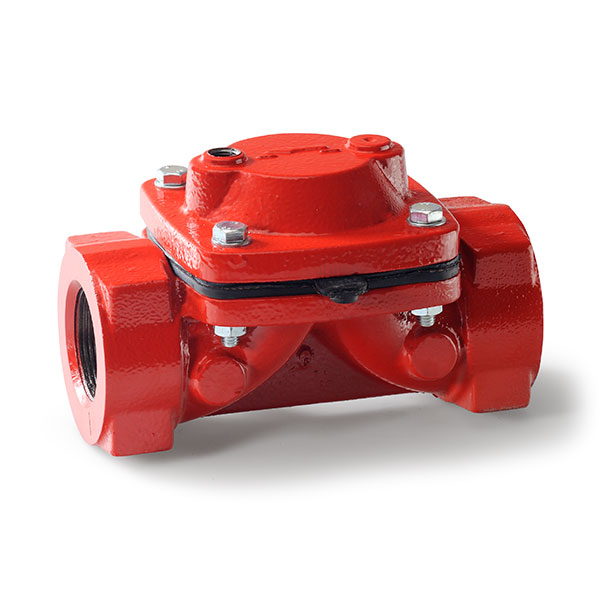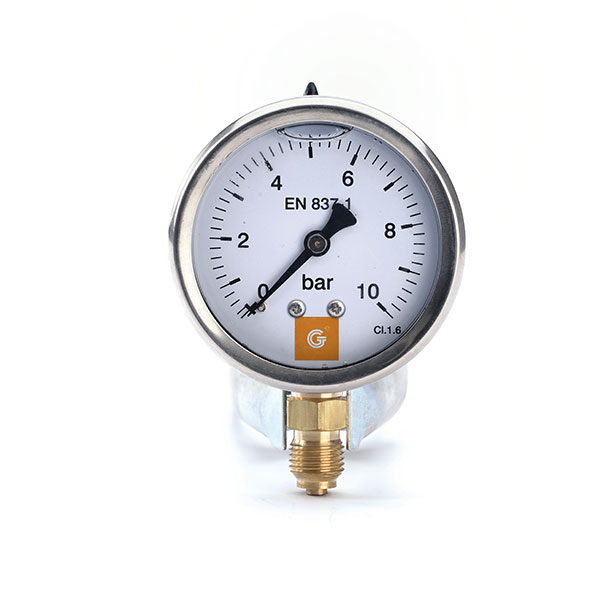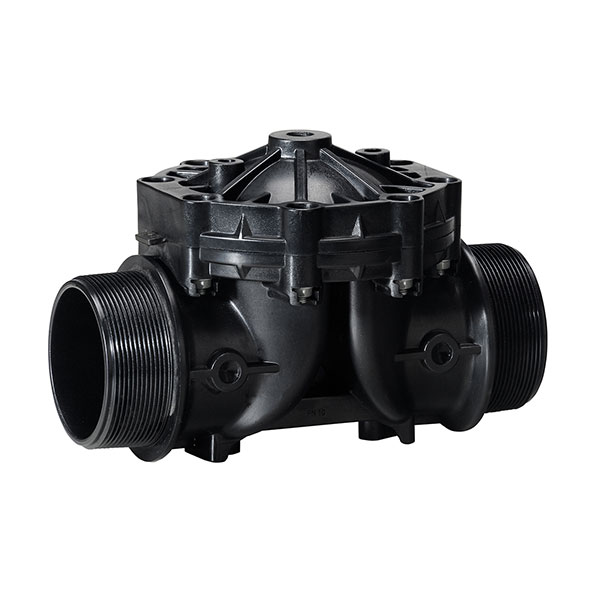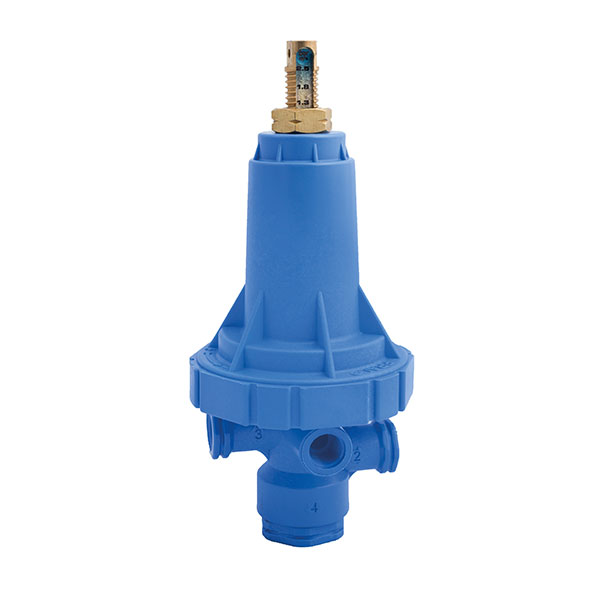Irrigation Valves
Pure hydraulic mechanics
for water
for water
Categories of Irrigation Valves

Hydraulic
valves
valves

Irrigation valve
accessories
accessories
Hydraulic valves
Role of irrigation valves
“Hydraulic valves are autonomous, so they do not require any external energy source to operate”
Hydraulic valves are an essential part of irrigation systems, their purpose is to interrupt the circulation of water once the irrigation time is complete, or to isolate one or several sections of the piping, to perform repairs or maintenance work. Moreover, they can control the pressure and flow of the irrigation water. To perform all of their functions, they use energy from the water that flows through them, so the energy consumption is zero.
Featured irrigation valves
Irrigation Valve Products
The best Irrigation Valves.

Basic metal valve
Gestiriego valves are highly resistant to very long operating cycles, with a perfect hydraulic opening and closing…

PX Hydraulic valve

Glycerine filled pressure gauge
Also available with dual scale and rear entry.

3-way mini-pilot controller
The PRAL pilot pressure controller is a 3-way hydraulic control valve.
Factors to bear in mind when choosing the type of irrigation valve
Hydraulic valves can be classified according to their drive system, the number of chambers they contain and according to their body type.
0.1
Conditioning system
Depending on the drive system, it can be a diaphragm or piston. The latter are not recommended for working with water which isn’t very clean, such as irrigation water, for example. The impurities in the water can enter between the piston and the jacket that surrounds it, removing the seal and requiring a high degree of maintenance. Therefore, for an irrigation system, diaphragm irrigation valves will be used, where the drive system is a membrane or diaphragm.
0.2
Number of chambers they contain
Depending on the number of chamers they contain, they can have a single or double chamber. Chambers are separate spaces which are used, with the help of the circuit’s hydraulic pressure, to position the drive system of the irrigation valve and therefore vary its degree of aperture. Each of these have their own advantages and disadvantages, and understanding them will help us to choose appropriately:
Double chamber valves:
Very low aperture pressure (2 or 3 mca). They are the only ones recommended to operate at low or very low pressure.
• Smooth and short closing time.
• There is no contact between the diaphragm and liquid.
• True control over the speed of opening and closing.
• Relatively complicated design.
• Smooth and short closing time.
• There is no contact between the diaphragm and liquid.
• True control over the speed of opening and closing.
• Relatively complicated design.
Single chamber valves:
Medium-high aperture pressure (7 to 12 mca, depending on model).
•°Long and gradually accelerated closing time.
There is contact with the diaphragm and liquid.
•°Limited control over speed of opening and closing
•°Simple and easy to maintain.
•°Long and gradually accelerated closing time.
There is contact with the diaphragm and liquid.
•°Limited control over speed of opening and closing
•°Simple and easy to maintain.
0.3
Shape of the body
Depending on the shape of the body, in agricultural irrigation, we generally find irrigation valves that are “Y” shaped, “balloon” shaped or in the shape of an “angle”.
Contact us
Do you have a query or would like to ask us for a quote?
Contact us with no obligation. We will aim to respond as soon as possible.